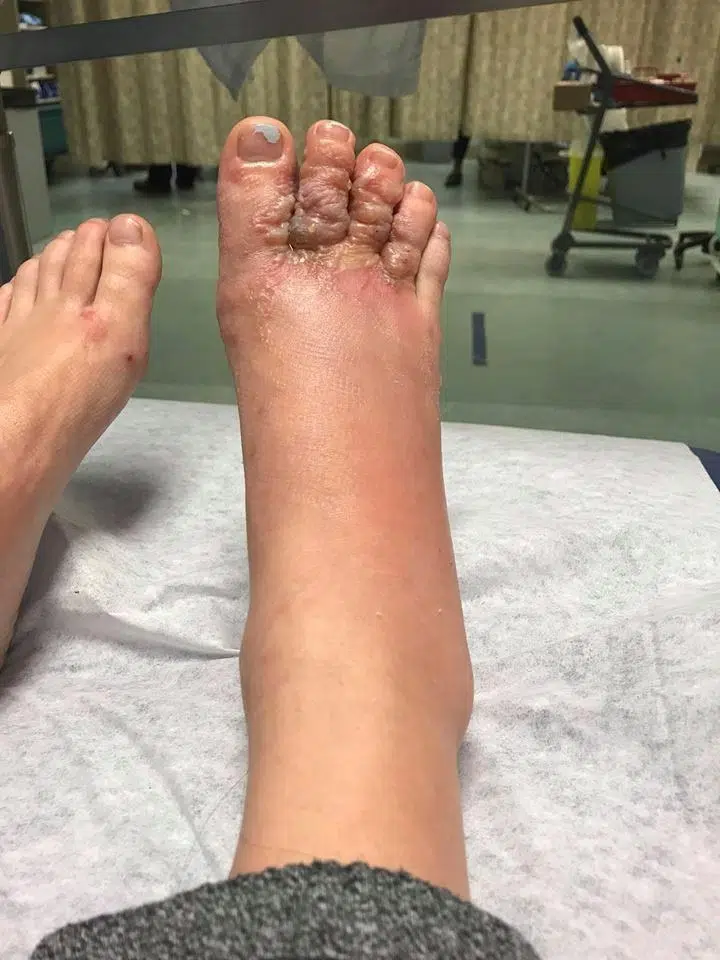
Hookworm-related skin infection a risk with travel to tropics: expert
TORONTO — The experience of a Windsor, Ont., couple who returned from a Caribbean vacation with their feet severely infected with parasitic worms is a cautionary tale of what travellers to some warm-weather destinations might encounter — and how they might avoid a similar fate, says a tropical medicine specialist.
Dr. Jay Keystone, a physician in the tropical disease unit at Toronto General Hospital, said cases of the hookworm-related skin infection that afflicted Katie Stephens and Eddie Zytner on a recent trip to the Dominican Republic are not that uncommon among travellers to developing countries.
Stephens, 22, and Zytner, 25, spent time walking barefoot on the beach in Punta Cana and unwittingly picked up an infection known as cutaneous larva migrans, or CLM. Keystone said the parasite is a form of hookworm spread in the feces of animals.
“It’s from dogs and cats pooping indiscriminately on the beaches,” he said, explaining that the microscopic worms multiply and then infect people whose bare skin comes in contact with sand or soil.


